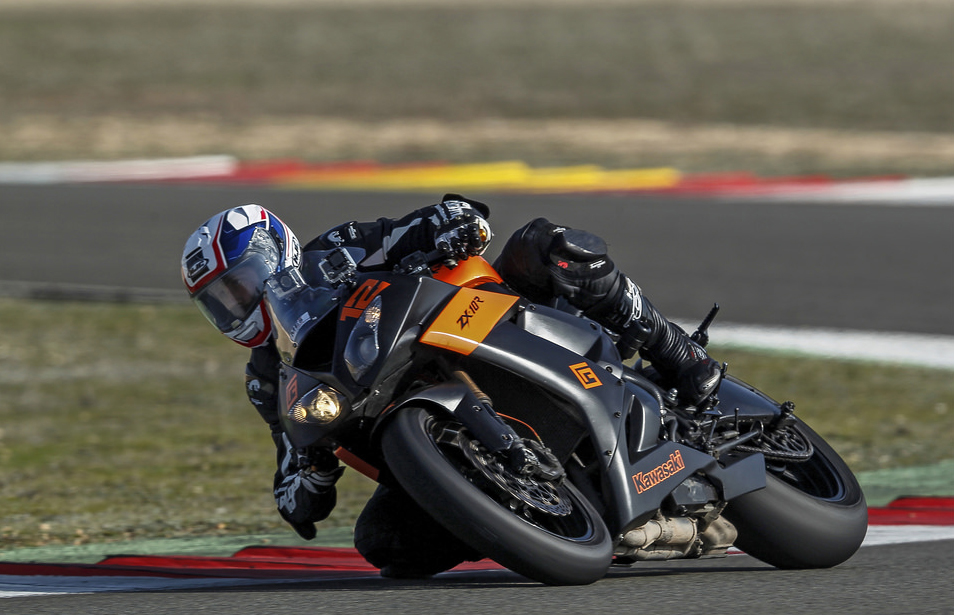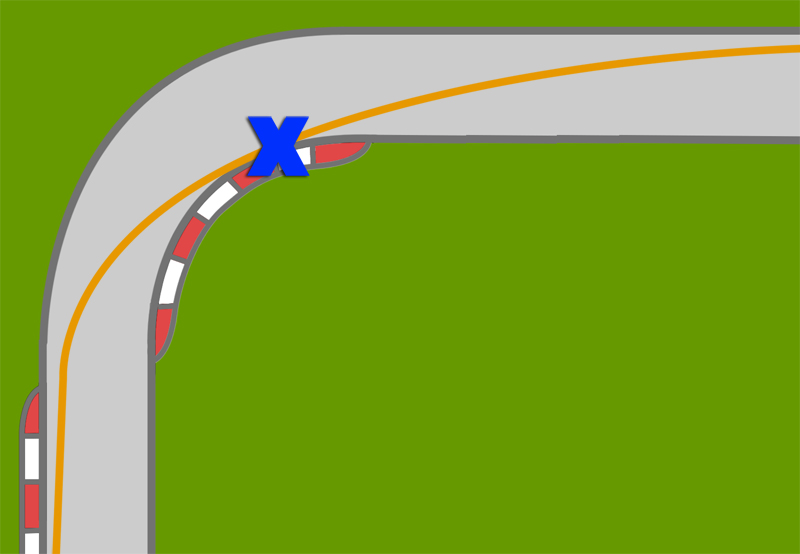Why Riders Get Confused with Technique, and How to Reduce it

As new riders start out their life on the track with the intention of making improvements to their riding skill, they’ll come a point where the desire to improve sends them out to learn just what is correct about the sport and how they go about becoming faster and safer riders.
This is great, because it means the rider then stands the best chance of keeping themselves safe as they work to make improvements out there.
However, there’s a common pitfall that I see many of those same riders falling into, and that is to get bogged down with very specific ways of doing things, which can often lead to confusion when their idea doesn’t match what they experience.
When Your Idea Doesn’t Bring the Right Result on Track
By this I mean that you have a vision and idea of how you should approach riding around a corner, but many times out on track the results you get from trying to take that approach just don’t feel right, or don’t bring you the results you want.
For instance, as a new rider takes the time to find the right way of doing things they might hear something like “trail the brakes to the apex”, “apex in the middle”, or “get back to the throttle at the apex”.
These sorts of things combined with many others then become the standard formula to which the rider is trying to work from, but they quickly find that this one particular way of approaching a corner doesn’t work in every single corner.
This is because every corner and section of track has their own nuances, and also because different parts of the corner have a higher priority depending on what comes before and after it.
Here are just a few areas where I see riders getting stuck.
Throttle Timing
Depending on the corner and the approach you’re trying to take to it, you may well get back to the throttle right on the apex like I said above, but you’ll also have instances when you can get back to the throttle well before the apex, or sometimes even after it.
As I’ve covered in a previous video on this, we get back to the throttle once the line is set for the exit. This line can sometimes be set before the apex, right on top of it, or just past it. For that reason the point that you get back to the throttle will be different too.
Speed of Steering
Leaning the bike over quickly is a key component to speed in many places, but when riders learn this it can sometimes leaves them trying to flick the bike over in the blink of an eye in every single corner, when in fact there are many places where a slower steering action is more beneficial.
Take a fast entry 180 degree corner for instance. In corners like this it’s actually more beneficial to steer slower and use corner entry to reduce your speed by trail braking. By being completely off the brakes as you steer and then flicking the bike over quickly (which means you’ll likely need to steer later too), you’re not leveraging corner entry as well as you could be.
Again, there are places where a fast change of direction is key to speed, but that isn’t the case for every single corner.
Where you Apex a Corner
When looking at how we go fast around a corner, it’s important to consider what comes before that corner, and often more importantly, what comes after it.
With most riders straddling 600cc machines and above, being able to use the power at your disposal is a key component to a fast lap time, and this means correctly setting up the corners that precedes large acceleration zones – which more often than not means a later apex.

Using a late apex to make better use of the proceeding straight.
However, you could take that exact same corner but replace the long straight after it with a very short straight that has another corner going in the same direction shortly after it, and the priority changes.

We want to be wide after the first corner, so the apex changes.
In this instance the exit of the first corner isn’t as important in terms of acceleration, so you can now take an earlier apex and prioritise the entry phase and enter the corner faster on a shallow entry line, because being wide on the exit (caused by that shallow entry line) is exactly where you want to be for the second corner that follows.
Same corner, different intentions, different apex.
Body Position Nuances
As we discussed in a previous article, the fundamentals of a good body position are to offset lean angle, to be comfortable, and to not place any unnecessary strain or restrictions on the bike’s chassis.
Look at the very top of the sport and you’ll see that these fundamentals can still be adhered to even with slight differences to how it’s achieved.
The biggest issues I see come from riders looking at guys like Marc Marquez and thinking that should be their aim – to hang off like a mad man.
However, as they spend many days trying to make it work but constantly finding they’re not comfortable, they get tired quickly or they just flat out can’t achieve that position, questions need to be asked about whether that is really what they need to be doing.
Look at the Big Picture
We absolutely want to achieve a fundamental standard out there on the track, but that doesn’t necessarily mean a strict way in which we control the bike, where we look and how we use the body, or the timing of any of those actions.
As you continue to learn and get more experience you’ll come to realise that there is a level of nuance in how we perform each of those tasks, and once you realise this you’ll find that things begin to click a little better for you in areas where they perhaps weren’t clicking before.
Be a Student of All
One thing I recommend is to not sit too deep in any one teacher’s camp. Every teacher will do their very best to convey what they believe to be correct (which regardless of what you think about the biggest names out there, doesn’t differ that much), but in the end no teacher is perfect, and each will be saying things that you might not agree with, or that contradict one of the other teachers.
One of the things that helped me on my quest to improve as a rider is to learn from multiple sources and to not sit in any one corner and say “everything this person says is true”, because as I came to realise with more experience and time spent learning, in certain instances a certain teacher’s lesson(s) just didn’t fit my interpretation or experience.
I’d recommend becoming the Bruce Lee of the track riding world by learning from multiple sources and taking the bits that most resonate with you to adopt in your riding. This is going to help you see the bigger picture of riding, as well as help you better understand the nuances that come with this sport.
This might create a little conflict for you initially, but in my opinion it’s going to help things click for you a little better in the long run.
Photo by Sprint House
Related Posts
How to Get the Most from Your Track Time: Pre-Ride Prep & How to Approach Your Day
How to Deal With the Panic When Someone Takes Your Line
Learning to Trust Your Tyres Through Technique & Experience
Using Other Riders to Gauge Your Speed and Uncover Weaknesses
